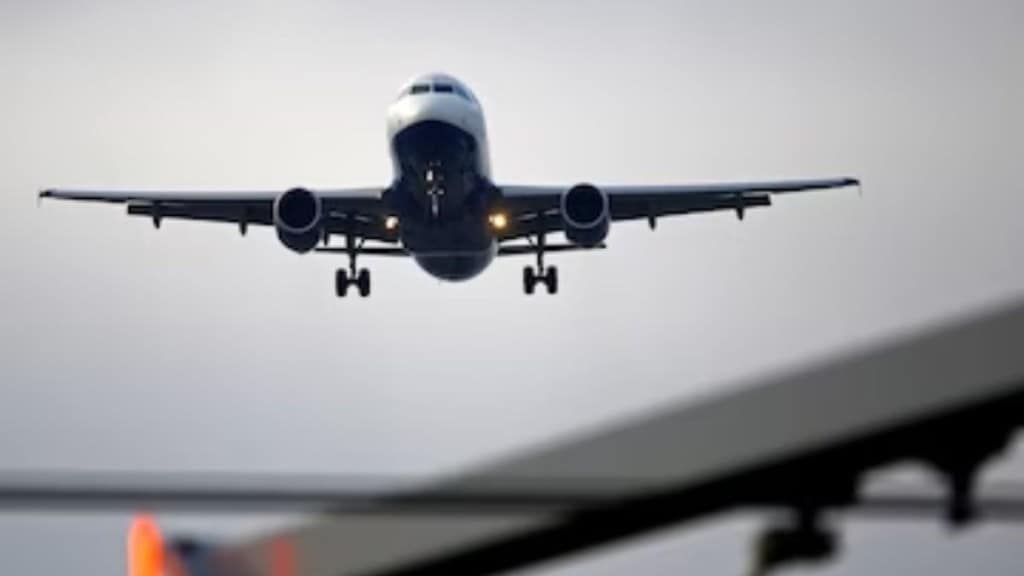In a bid to enhance the efficiency and convenience of international travel, Union Minister of Civil Aviation and Steel, Jyotiraditya Scindia, spearheaded an advisory committee meeting on February 2, focused on reimagining airport design and integrating cutting-edge technologies to streamline immigration and security procedures.
Held in collaboration with airport operators, CISF, and Bureau of Immigration officials, this initiative marks a pivotal stride towards establishing international aviation hubs in India. Drawing inspiration from global benchmarks such as Singapore and Canada, the discussions centered on innovative solutions aimed at expediting passenger processing.
Enhancing operational efficiency
Among the key highlights were proposals for the cross-utilisation of XBIS machines between domestic and international terminals at Delhi airport, aiming to optimise machine availability and minimise wait times.
Revolutionising passenger processing
Additionally, proof of concept trials for e-gates and e-biometrics for immigration are already underway, promising to revolutionise the efficiency and security standards of air travel. This forward-looking approach aligns with the government’s vision to position India as a global leader in aviation.
Furthermore, a comprehensive analysis of manpower requirements for CISF and Immigration officers was conducted, considering the anticipated expansion of airports across the country, including upcoming projects in Jewar and Navi Mumbai. This underscores the commitment to ensure seamless operations at both existing and future aviation facilities.
Innovation and technology in civil aviation
Jyotiraditya Scindia emphasised the government’s dedication to embracing innovation and leveraging technology to redefine India’s civil aviation landscape. With stakeholders from various ministries and agencies actively participating in the discussions, the meeting symbolises a collective effort towards realising the shared goal of establishing multiple aviation hubs across the nation.
As India continues to emerge as a prominent player in the global aviation sector, these strategic initiatives underscore a commitment to enhancing passenger experience, fostering economic growth, and solidifying India’s position as a hub for international travel and commerce.
